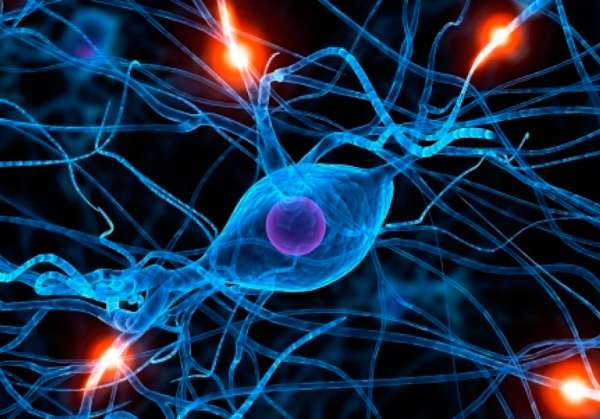El Economico – Early biomarker discovered in multiple sclerosis patients

With the goal of determining whether increased axonal size could be an early biomarker of multiple sclerosis, researcher Silvia De Santis, who heads the Translational Imaging Biomarkers Laboratory at the Institute of Neurosciences (IN), a joint center of the Council for Higher Scientific Research Institute (CSIC) and the Miguel Hernández University (UMH) in Elche conducted a joint study with the Athinoula A. Martinos Center for Biomedical Imaging at Massachusetts General Hospital, during which they were able to detect axonal damage in patients with multiple sclerosis, non-invasively. To conduct this work, the researchers used a water diffusion-weighted magnetic resonance imaging (MRI) technique.
Millions of people around the world suffer from multiple sclerosis, a chronic autoimmune disease that affects the central nervous system and whose symptoms range from mobility problems to cognitive impairment. Although multiple sclerosis primarily affects myelin focally, a critical but often least understood aspect of the disease is diffuse axonal damage, which may be associated with permanent disability. Axons are extensions of nerve cells that carry electrical signals between neurons, allowing them to communicate properly. This aspect is extremely important, because if the connection between neurons is disrupted, the nervous system cannot develop its functions normally.
Previous studies in animal models and post-mortem human tissues have shown that increased axonal size may be an indicator of axonal damage, but the researchers had to face a major technical challenge: measuring axons in vivo in humans, which is not possible with traditional imaging techniques. . “If you imagine axons as small cables, then you need to take into account that the diameter of these cables is approximately one micron, hence the complexity of the task.”– explains Silvia De Santis.
Therefore, the researchers developed an experimental framework to test the ability of water diffusion-weighted magnetic resonance imaging (MRI) to detect increases in axonal size associated with degeneration. This technique has the unique ability to image in vivo brain microstructure non-invasively and at high resolution, capturing the random movement of water molecules in the brain between different cells and structures.
The researchers confirmed that MRI is indeed capable of detecting changes in axonal size associated with the acute phase of axonal injury. The first step to test this was to design an animal model: “We did a surgery where we injected a neurotoxin into a specific area of a rat’s brain and caused the axons to increase in size in a controlled manner.”explains researcher Antonio Cerdan Cerda, first author of the paper. The increase in axonal size was measured using MRI, and histological methods such as immunohistochemistry or electron microscopy were used to confirm these results.
To measure axonal size in patients diagnosed with multiple sclerosis, a collaboration was carried out with researchers Caterina Mainero and Nicola. During this procedure, experts found diffuse axonal damage to much of the brain’s white matter, which is primarily composed of axons and myelin.
